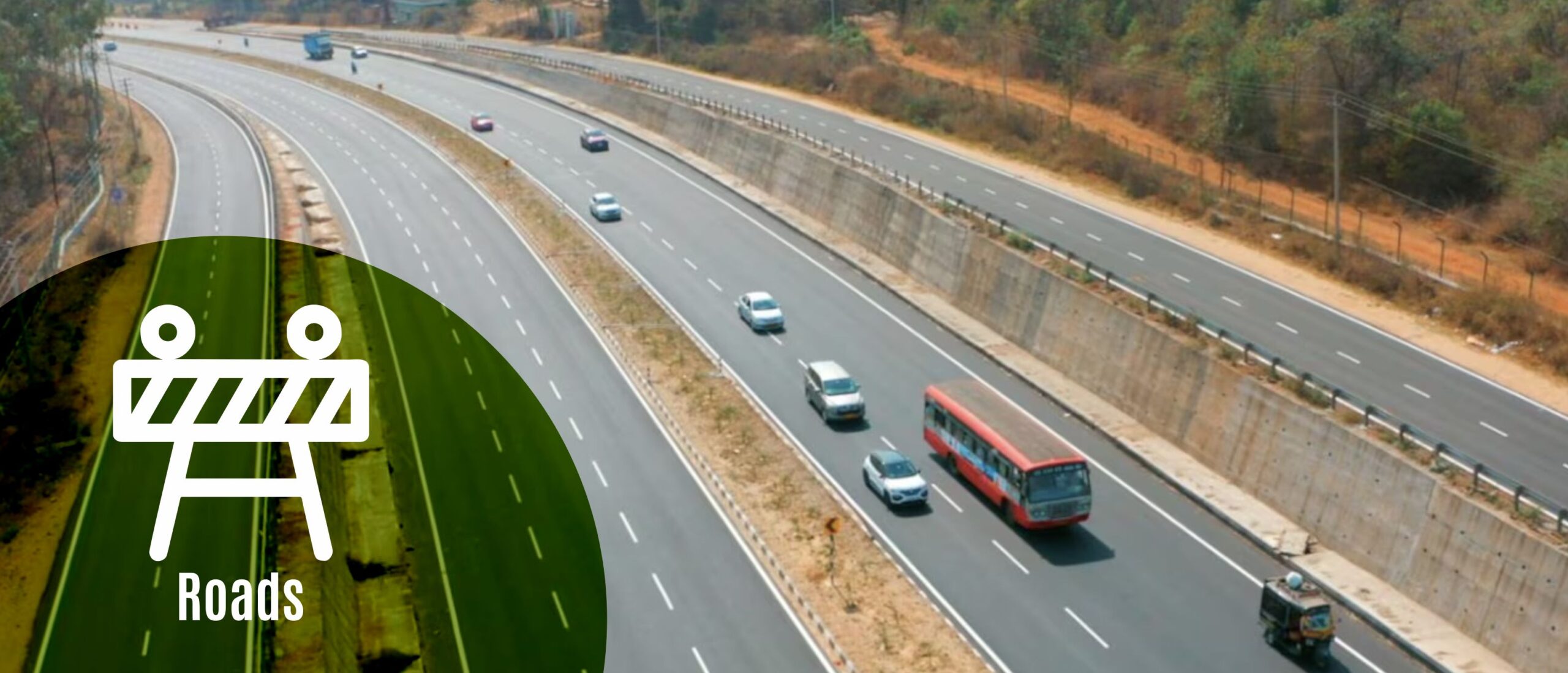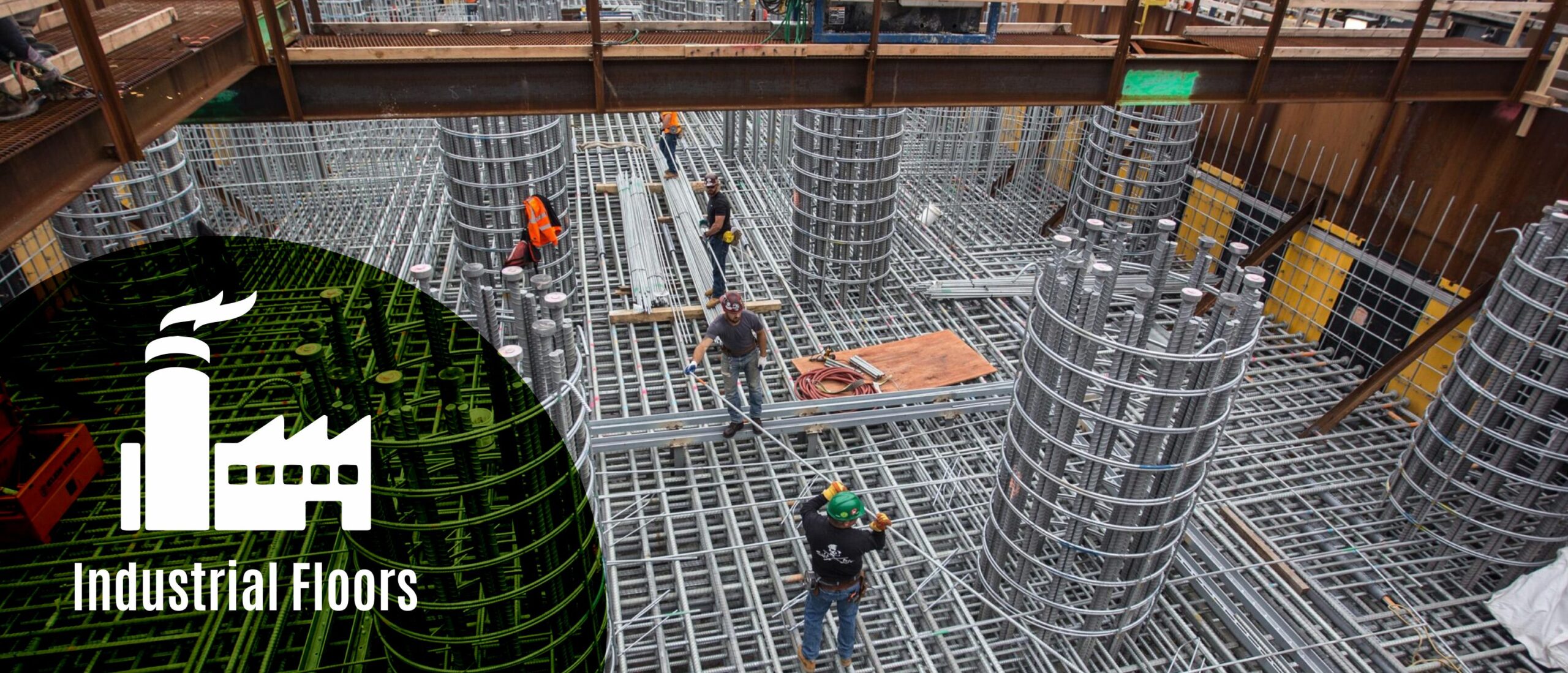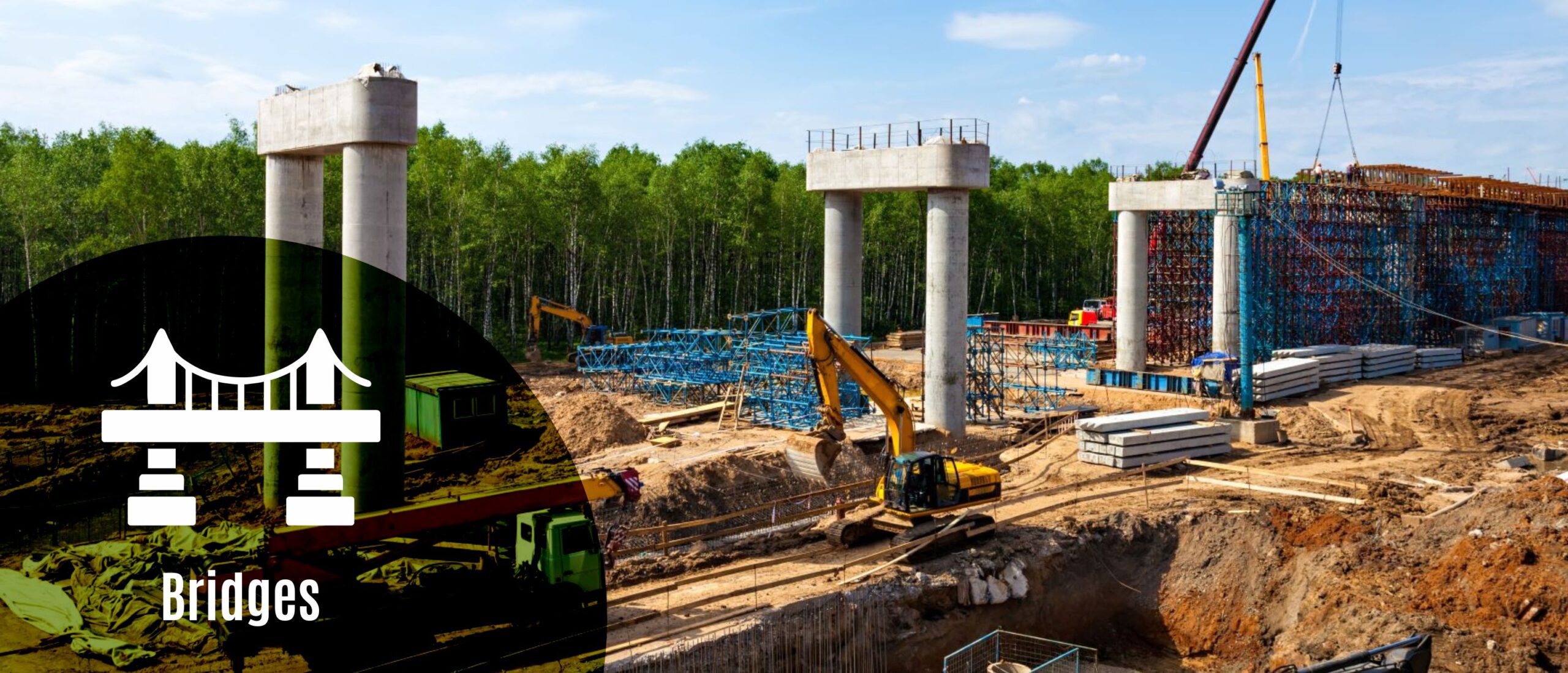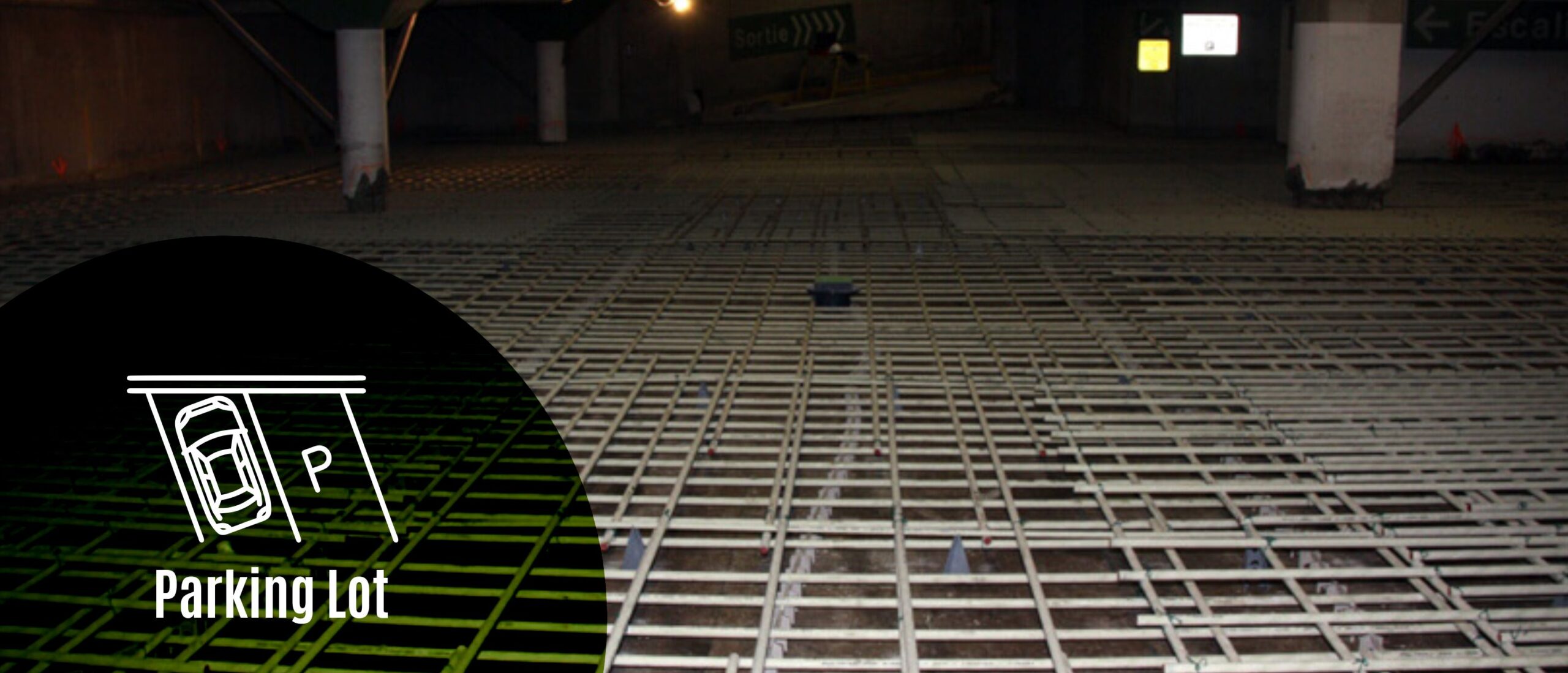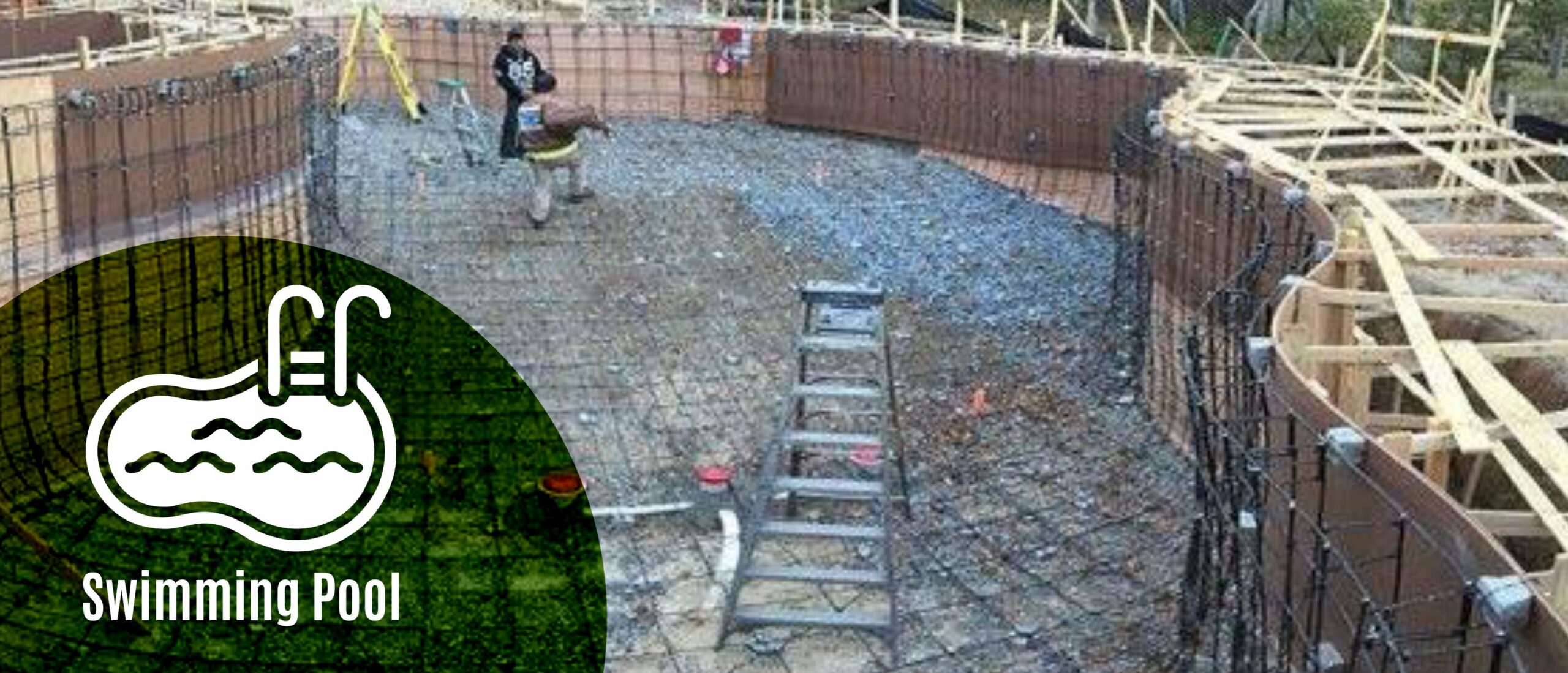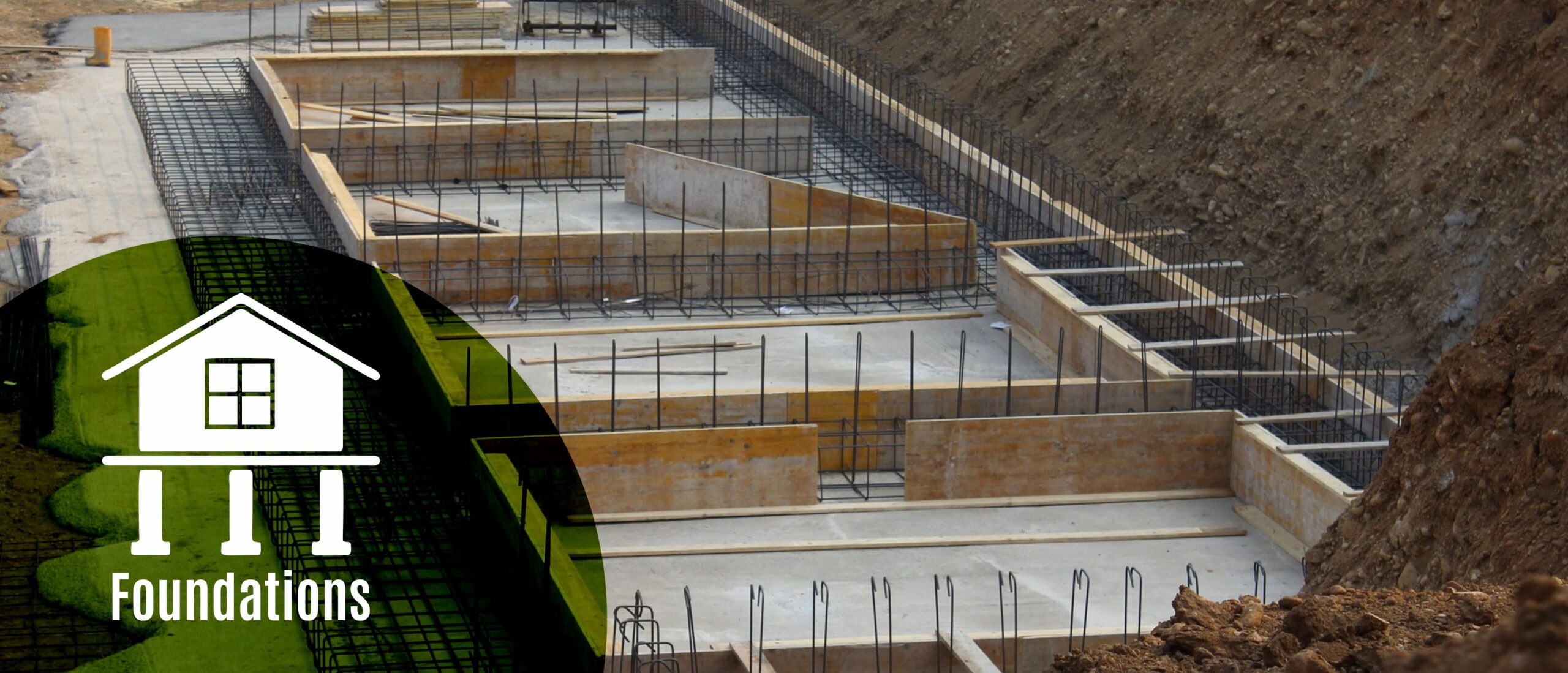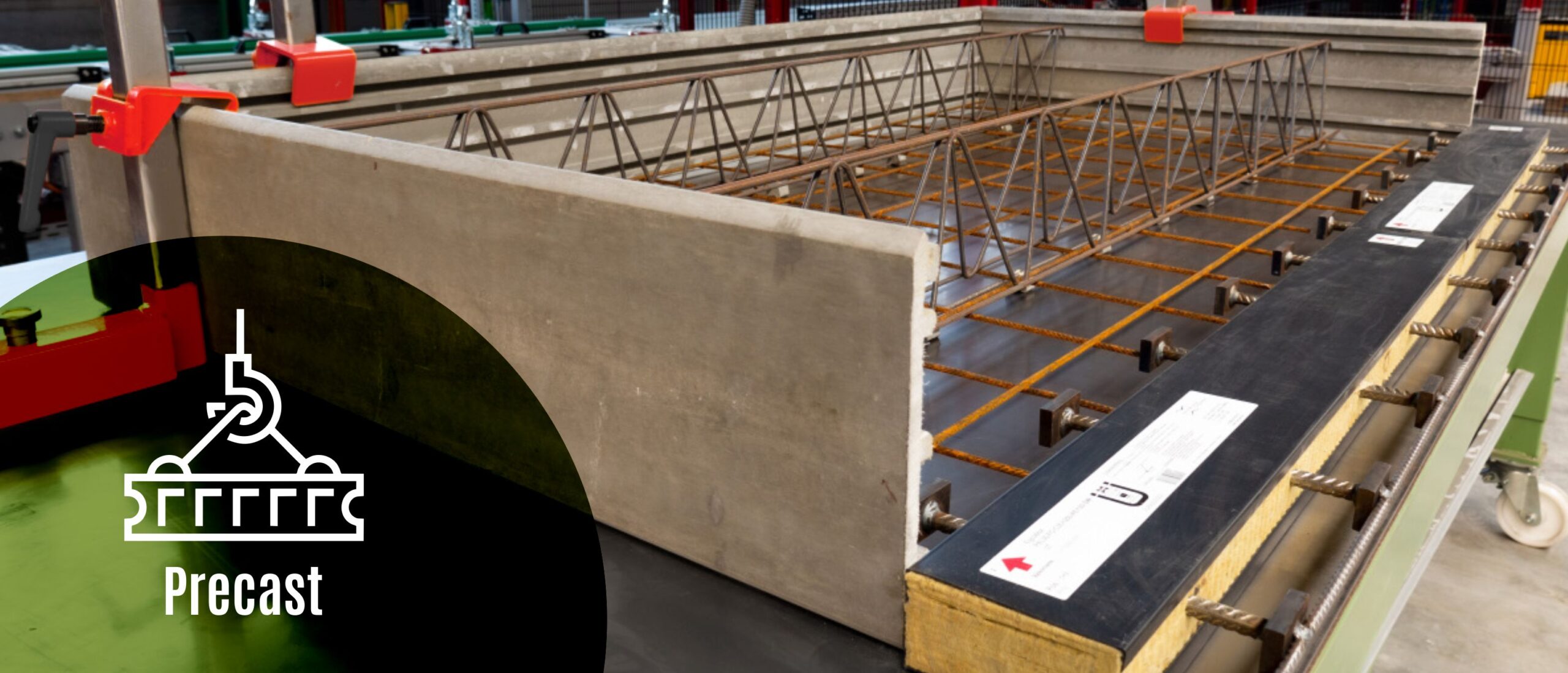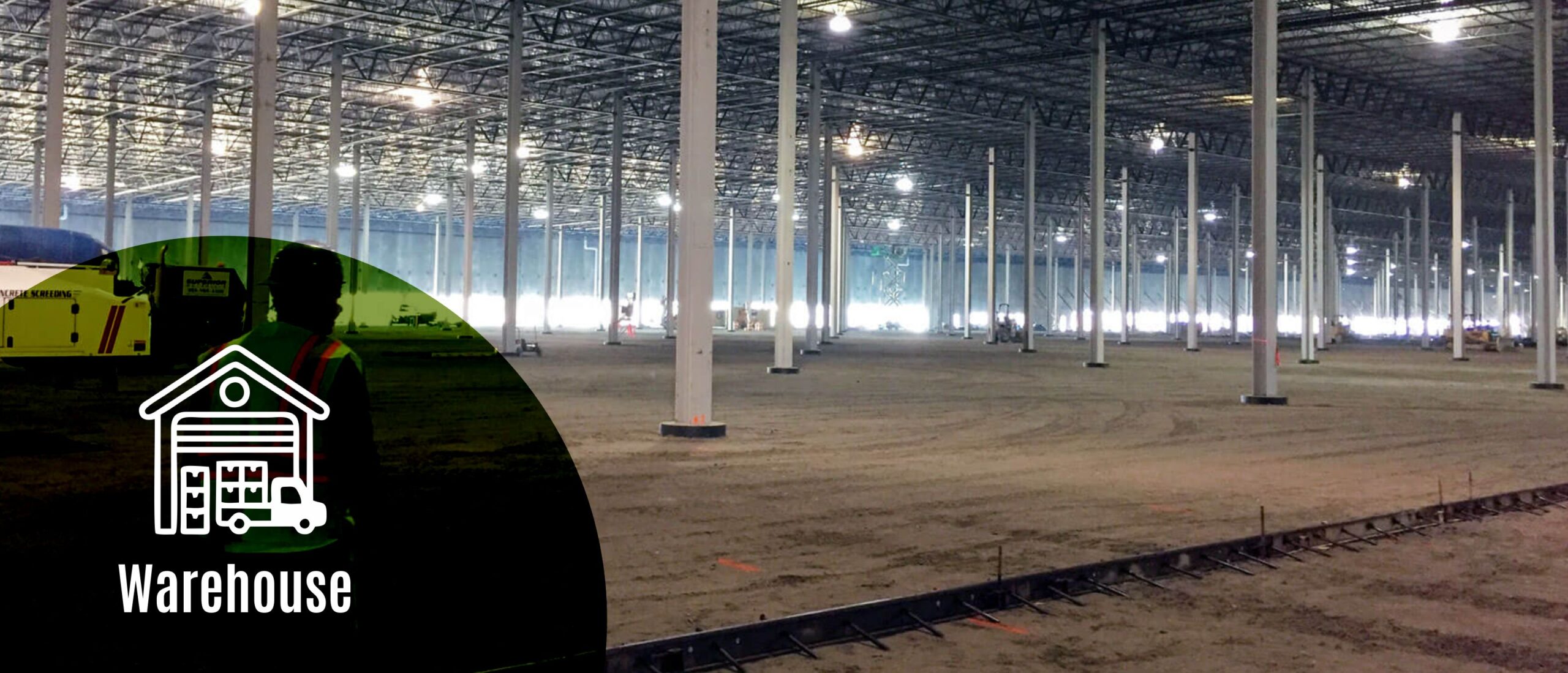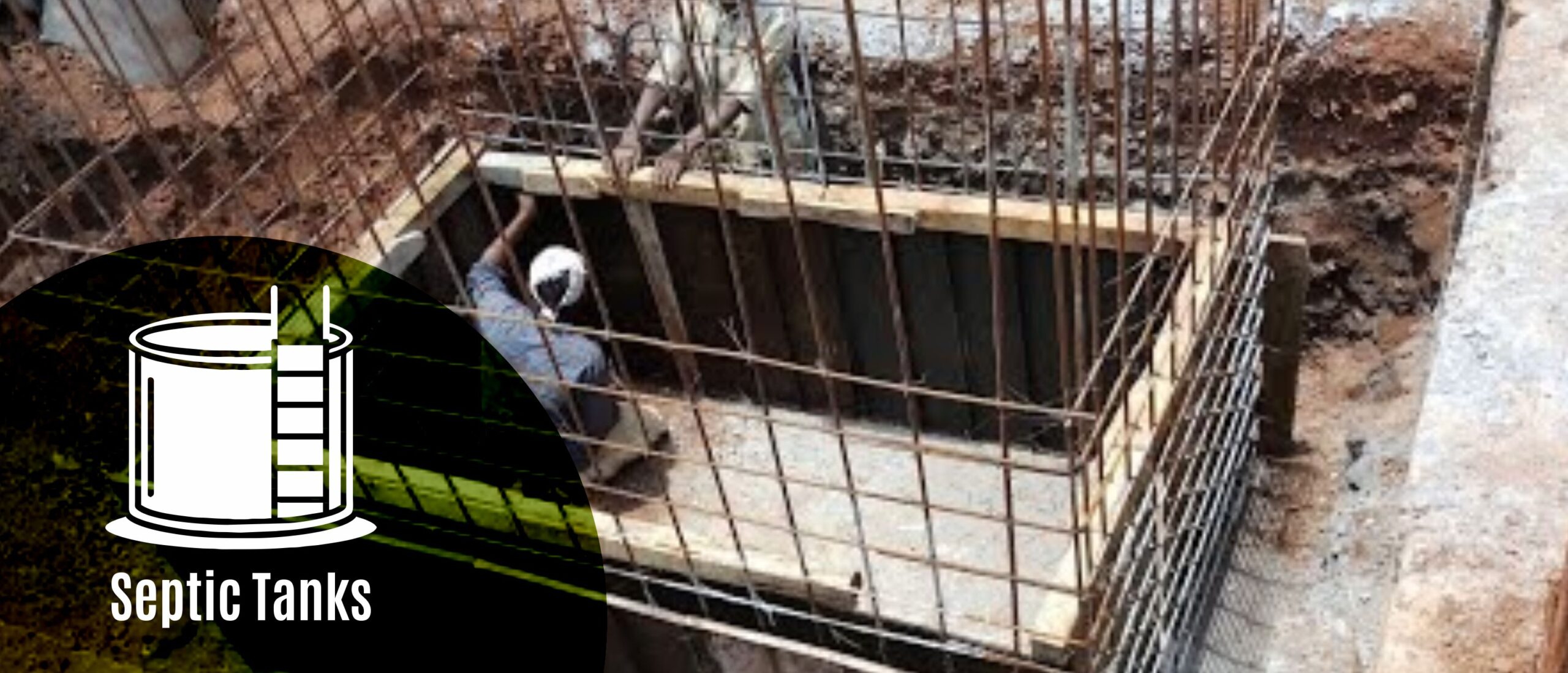GRPF DOWELL BARS
Dura Composite GFRP Dowel Bars serve as load transfer mechanisms between joints within concrete slabs. They establish a mechanical linkage between slabs while accommodating horizontal expansion and contraction of the concrete itself. This feature reduces deflection at joints and minimizes stress on the slabs. Unlike steel dowel bars prone to corrosion, Dura Composite Glass Fibre Dowel Bars are corrosion-resistant, ensuring longevity and meeting shear capacity needs. Their lower stiffness compared to steel counterparts may also diminish fatigue stresses in surrounding concrete. Additionally, these bars are electromagnetically transparent, making them suitable for high-speed toll collection areas near inductance sensors.
Beyond Materials Dura Composite is an emerging Indian manufacturer of GFRP dowel bars, committed to meeting your specifications and quality standards. Operating from our facility in Queensland, we supply our GFRP products across India.
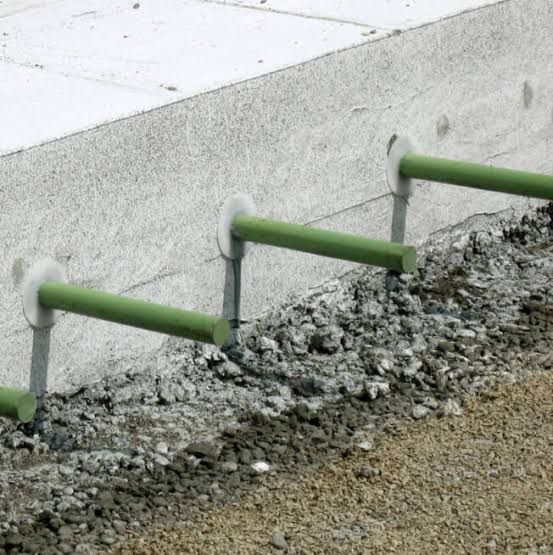
WHY NEOBARS ?

Whole of Life Savings
NEOBAR rebar has a 100 year design life cycle. Zero maintenance costs.

High Tensile Strength
Twice the strength of steel.

Corrosion Resistant
Exceptional resistance to water and salinity. Does not rust, leach or cause concrete cancer.

Highly Chemical Resistant
Exceptionally resistant to a range of chemicals.

Lightweight
FRP rebar is ¼ the weight of steel.

Highly Durable
Over 100 years retention of strength and modulus in high pH environments.

Low Environmental Impact
Consumes approximately 85% the embodied energy of steel.

Non-electromagnetic
Non-conductive and electro-magnetically neutral.

Non-Magnetic
No interference with sensitive equipment.

Easy to cut and install
Cuts easily using standard cutting tools. Faster to work with on-site. Bends delivered ready to place.

Low Thermal Conductivity
Maintains good thermal insulation values. Promotes energy efficiency in buildings.

No Thermal Cycling Impact
Thermal expansion coefficient closer to concrete than steel. Ideal for environments with extreme temperature cycles.
APPLICATIONS
